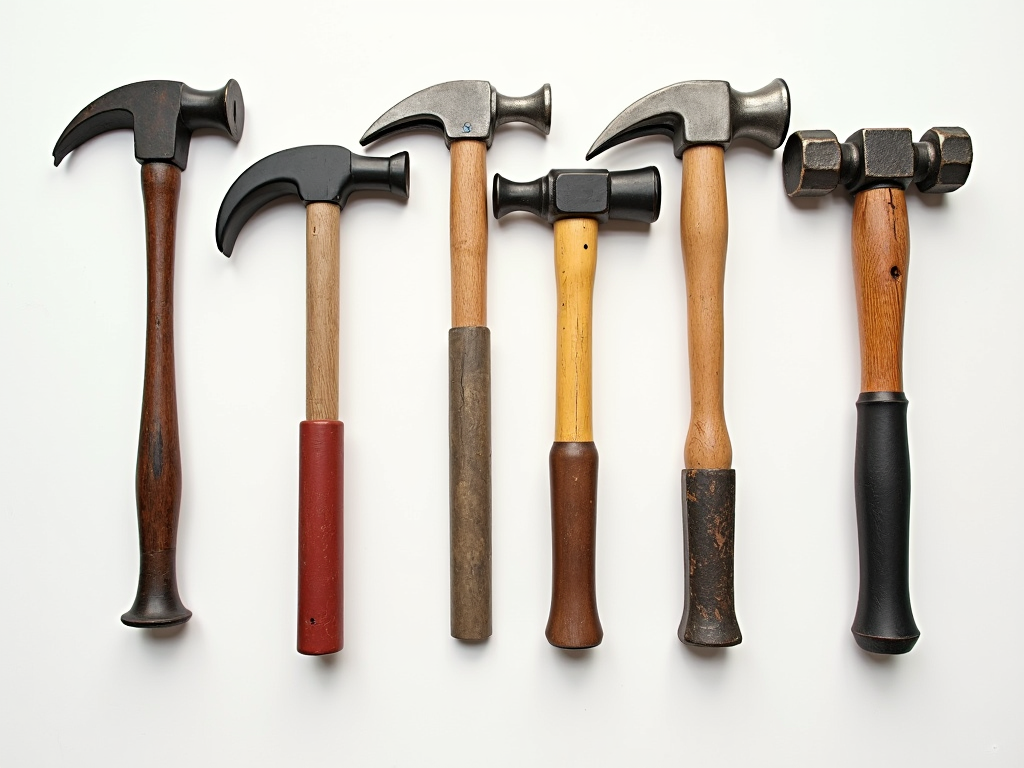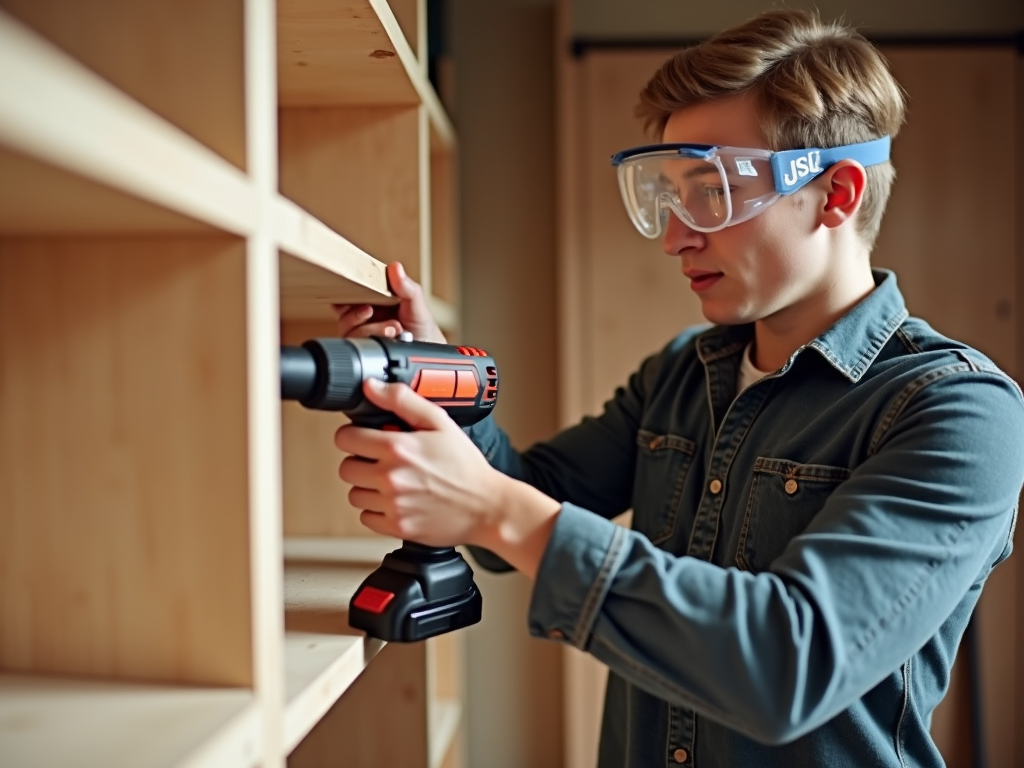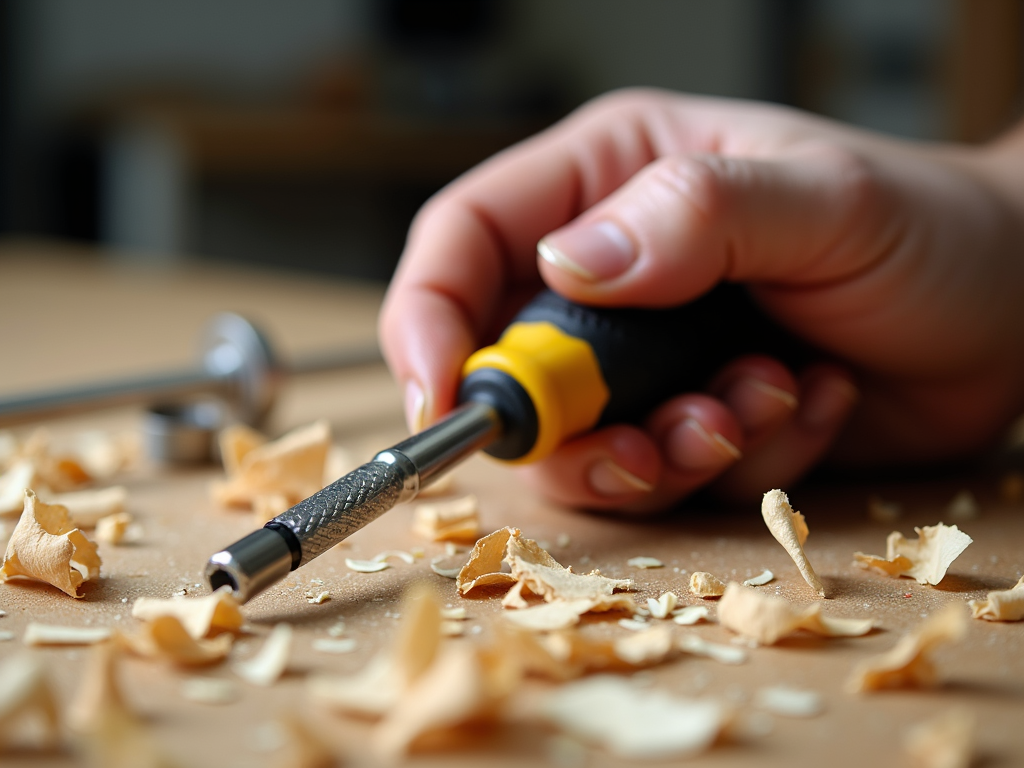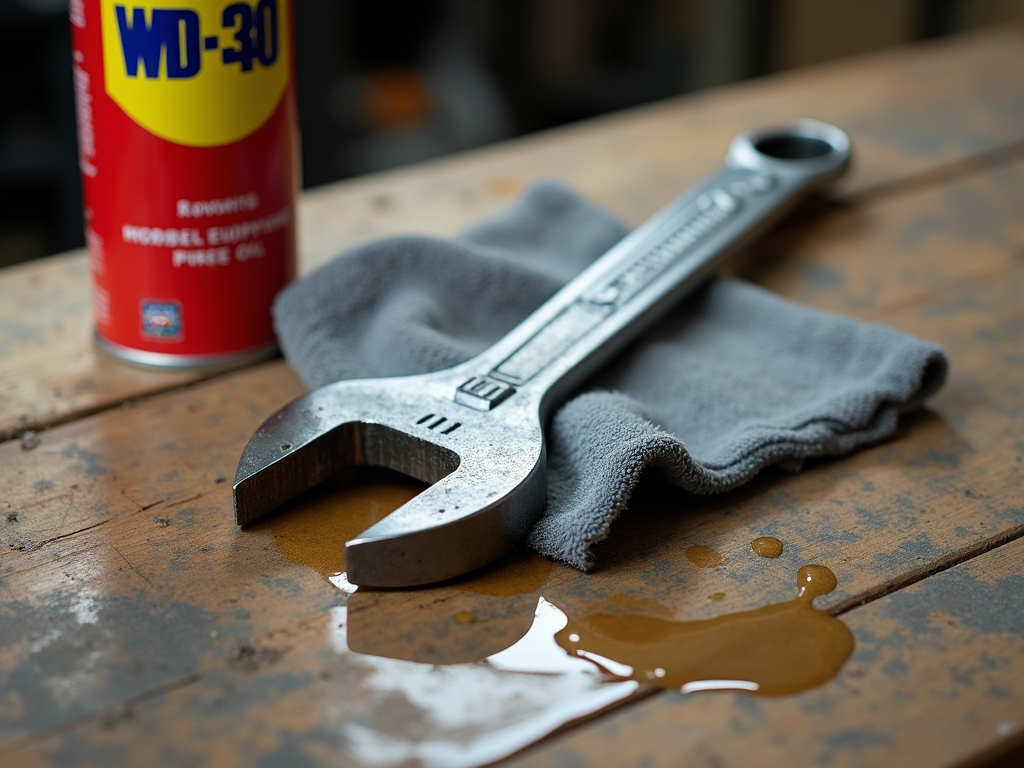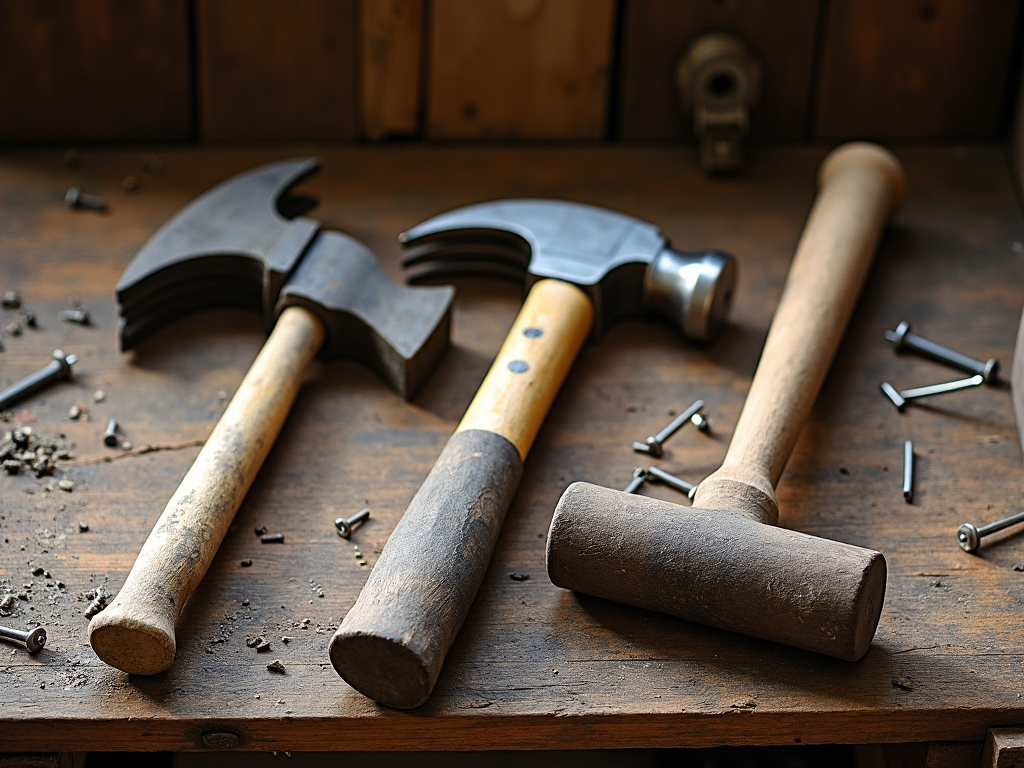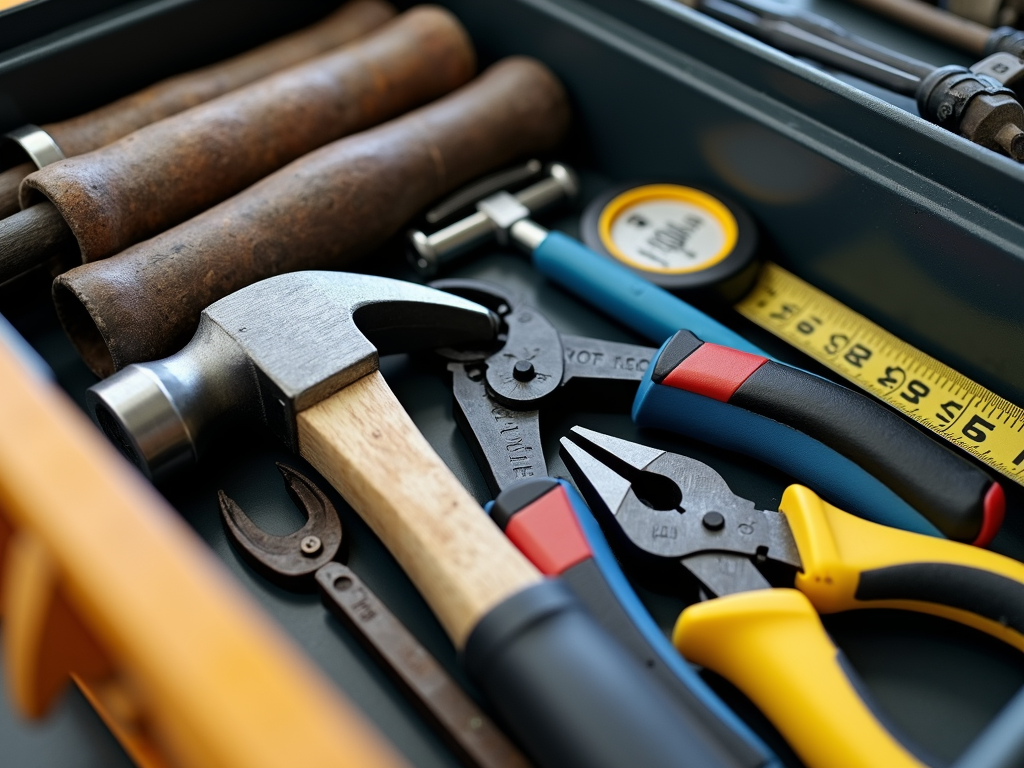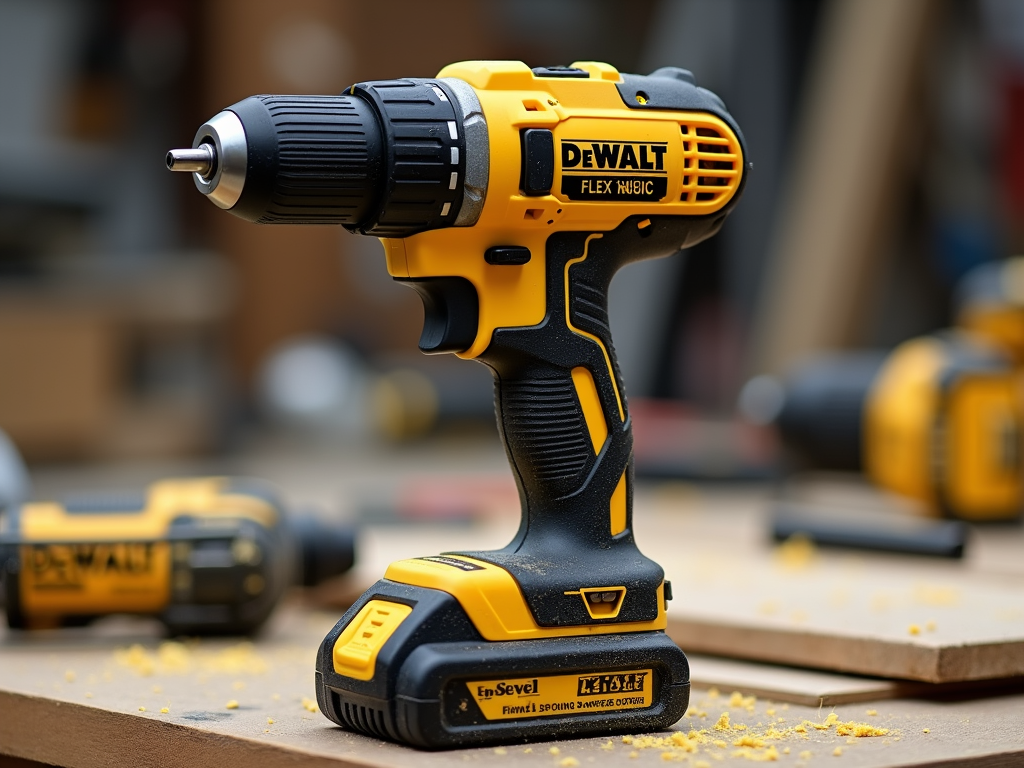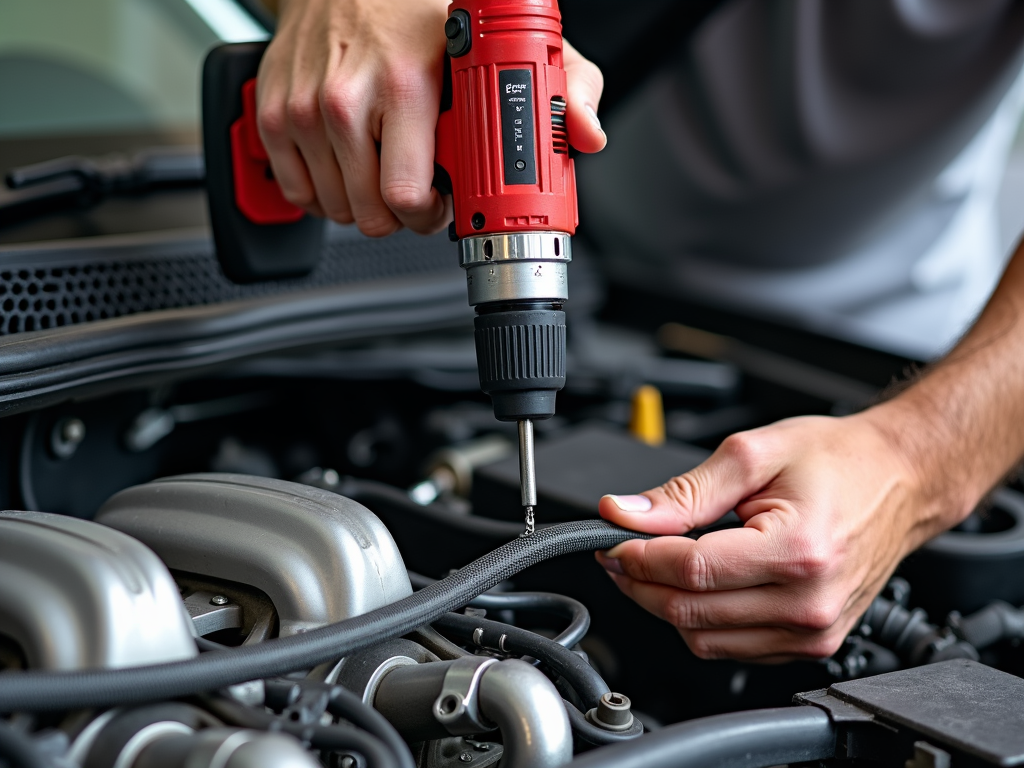Overview
Safety matters for every workman. Jobsites can be dangerous, but you can avoid trouble with the right know-how. This article shares key safety tips to keep you and your team safe, from using workman tools to handling emergencies.
Why Safety Comes First
Every day, workmen face risks like falls or cuts. I’ve seen guys get hurt because they skipped a simple step—like not wearing gloves. Learning Safety Tips Every Workman Should Know isn’t just smart; it’s a game-changer. It keeps you working and healthy.
Know Your Risks
Understanding what can go wrong is step one. Here’s what I’ve noticed on sites:
- Falls: Ladders tip, or you trip over junk.
- Cuts: Sharp blades or metal edges get you.
- Shocks: Wires zap if you’re not careful.
Spot these risks early, and you’re ahead of the game.
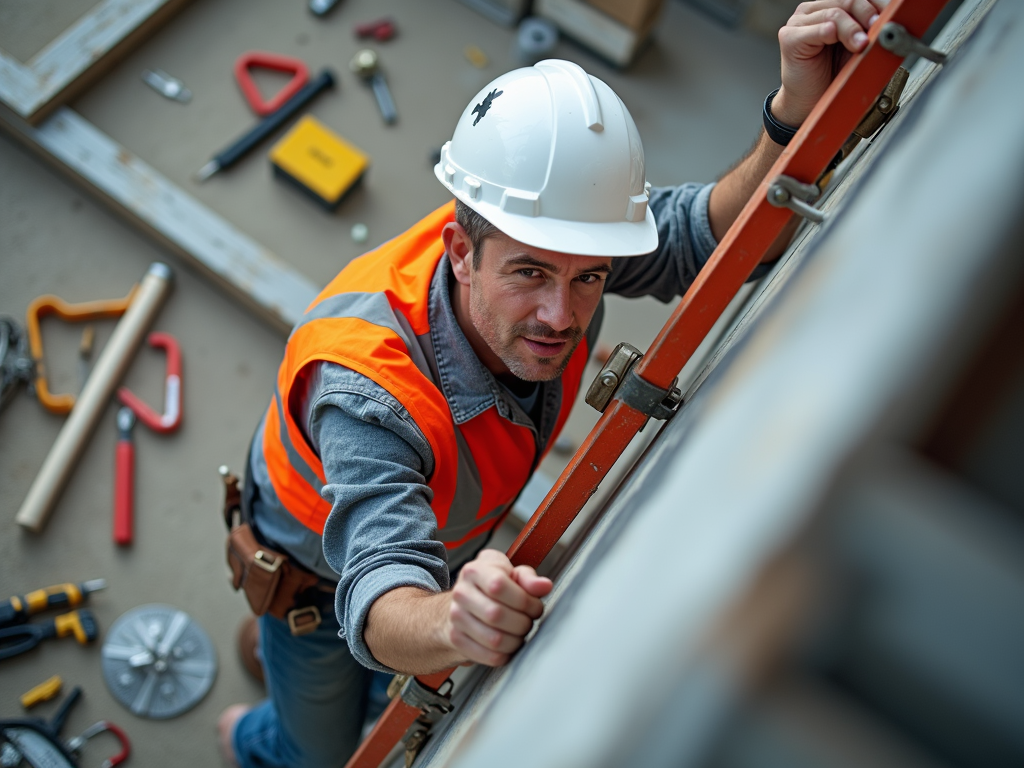
Gear Up Right
Safety gear isn’t optional—it’s your shield. Here’s what you need:
| Gear | Why It Helps |
|---|---|
| Hard Hat | Stops falling stuff from cracking your head |
| Safety Glasses | Keeps dust and sparks out of your eyes |
| Gloves | Saves your hands from cuts or burns |
| Steel-Toe Boots | Protects your feet from heavy drops |
I once dodged a nail in my foot thanks to those boots. Get good gear and check it daily.
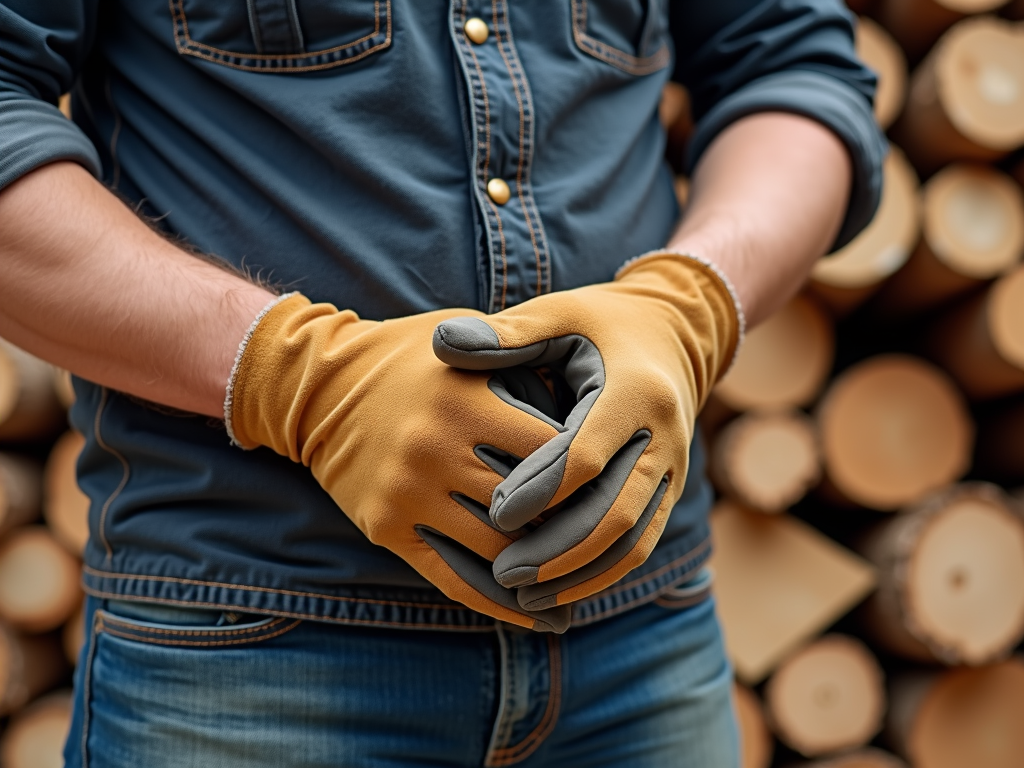
Using Tools the Safe Way
Tools like hammers can hurt you if you’re sloppy. I’ve been around long enough to know—use workman tools right, or pay the price. Take hammers: grip tight, swing straight, and don’t rush. Same goes for the top 10 tools every workman should own—keep them sharp and clean.
Tool Safety Tips
- Check for cracks before you start.
- Use the tool meant for the job—no shortcuts.
- Store them safe when you’re done.
I’ve seen a guy bash his thumb because his hammer head was loose. Don’t let that be you.

Follow the Rules
Safety rules aren’t there to bug you—they save lives. Lock out machines before fixing them. Lift with your legs, not your back. I learned that the hard way after tweaking my spine lifting wrong. Stick to the plan, and you’ll stay in one piece.
Key Protocols
- Lockout/Tagout: Cuts power so machines don’t start up on you.
- Fall Gear: Harnesses or nets for high spots.
- Clear Signs: Labels tell you what’s dangerous.
Training matters—know these cold.
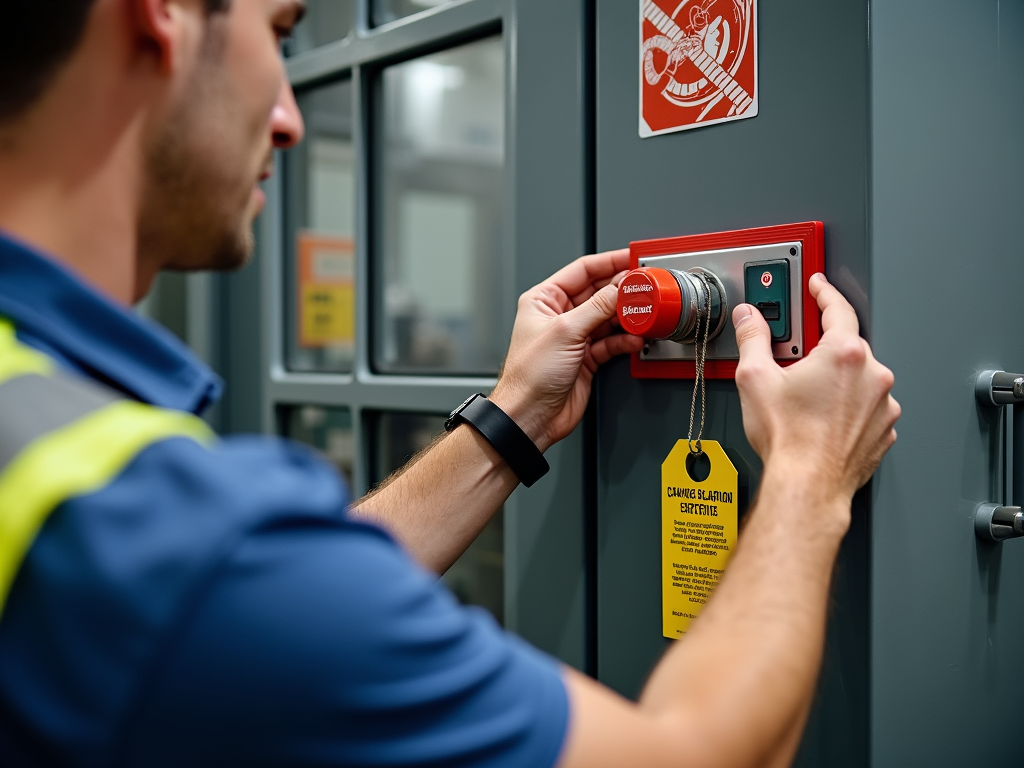
Be Ready for Trouble
Accidents happen fast. Once, a buddy cut his hand bad, and knowing first aid made a difference. Keep a kit close. Learn to use a fire extinguisher—fires pop up when you least expect. Have emergency numbers handy.
Emergency Must-Knows
- Where’s the first aid box?
- How do you put out a small fire?
- Who do you call if it’s bad?
Practice this stuff. It’s not just book smarts—it’s survival.
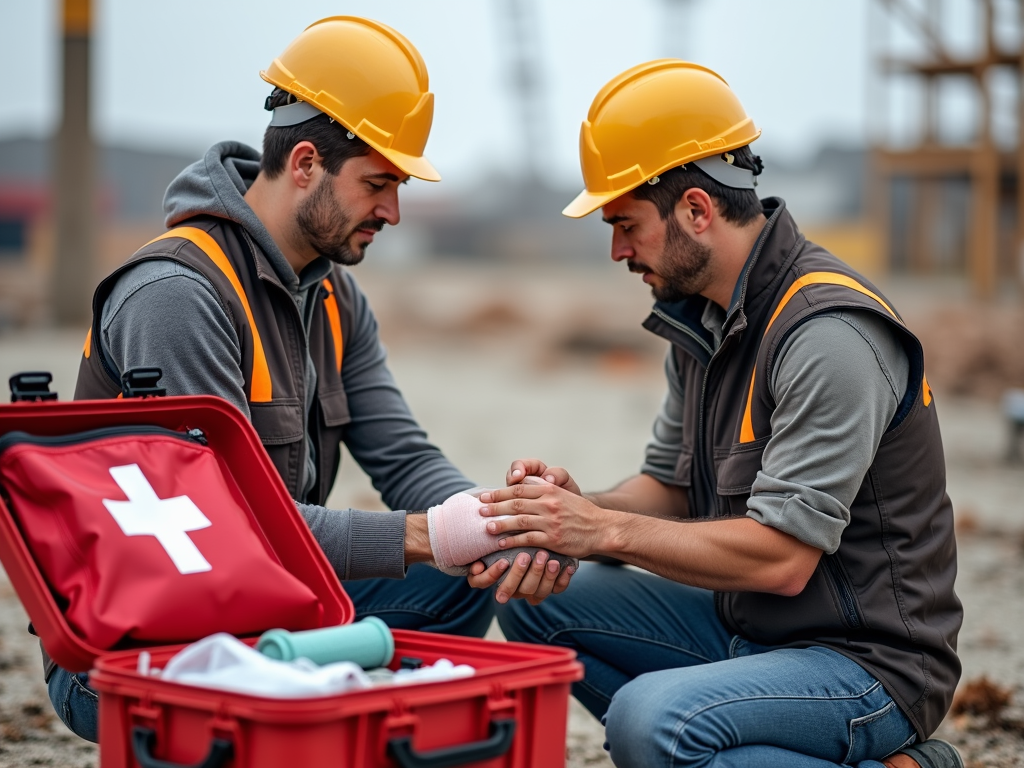
A Real Story
Years back, I worked with a guy who ignored his hard hat. A brick fell, grazed his shoulder—he got lucky. That stuck with me. Little things like gear or checking your hammer can change everything. Safety’s not a chore; it’s your backup.
Keep Learning
No one’s born knowing this stuff. Watch your crew, ask questions, take classes. The more you know, the safer you are. I still double-check my tools every morning—it’s a habit now.

Wrap-Up
Safety keeps you going strong. Know your risks, gear up, use tools like hammers right, follow rules, and be ready for emergencies. These Safety Tips Every Workman Should Know aren’t fancy—they’re practical. Stay sharp, and you’ll stay safe.
Related Safety Tips Every Workman Should Know:
- How to Use Hammers Safely: Essential Tips for Every Workman
- The Essential Toolkit: Must-Have Tools for DIY Enthusiasts
- Power Drills 101: Choosing the Right One
- Top 10 Innovative Workman Tools in 2024
- The Ultimate Guide to High-Quality Workman Tools for Professionals
- Ultimate Guide to DIY Tools Maintenance: Screwdriver Edition
- Wrench Care Basics: Keep Them Like New
- Understanding Hammer Dynamics and Ergonomics
- DIY Painting Hacks for Perfect Results
- DIY Maintenance Projects for Beginners: A Step-by-Step Guide
- Popular Brands for Workman Tools: A Comprehensive Guide
- Corded vs. Cordless Power Tools: Which is Best for Your Repair Projects?
